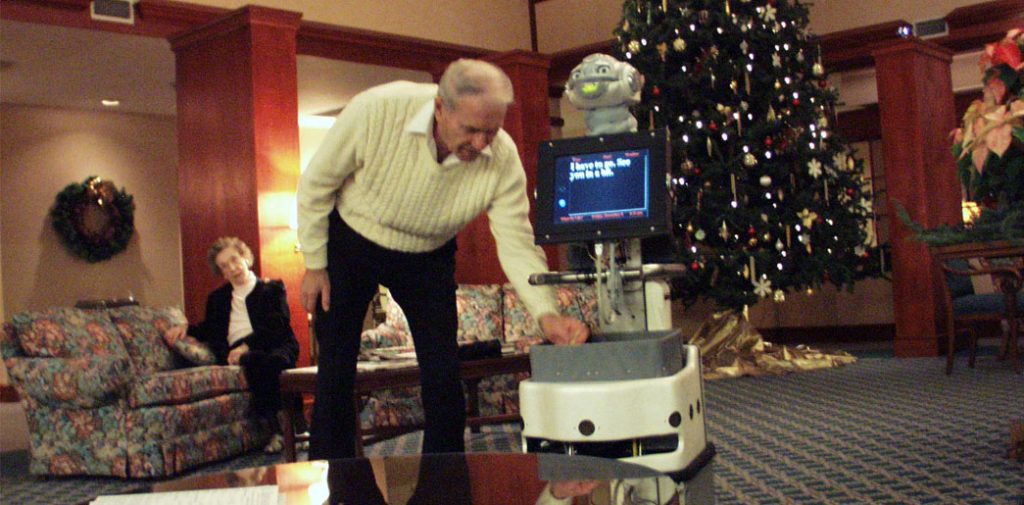Robots to Help Alleviate High Demand for Nurses
An ongoing shortage of nurses is causing hospital administrators to get creative. With approximately one million nursing positions expected to go unfilled by 2022, the problem is more serious than ever. That’s why some are suggesting that robotic nurses may be able to fill the gap.
A larger percentage of the U.S. population is entering old age than ever before. This means that more people will require critical health care. While more students are entering nursing school, the programs can’t take enough enrollees to keep up with demand. With the gap between demand and the number of qualified professionals growing, it’s understandable that hospital administrators might look to something less conventional to ensure that patients continue to receive quality care.
The problem is well illustrated in Japan, which has a bigger population of senior citizens than any other nation. Scientists there have already developed a robot called Terapio, which follows on the heels of a physician or nurse, dispensing medications, creating and maintaining patient records and generally making hospital rounds. Terapio is rather like a high-tech medical cart. Its interactions with patients is minimal, yet it performs a valuable support role.

A similar robot, known as Pearl, works in nursing homes where it reminds residents to take prescriptions and to complete everyday tasks. Pearl also helpfully reminds residents of appointments, and the robot is programmed to be flexible and responsive, taking into account that everything doesn’t always run precisely on schedule.
Neither of these robots adopts even a remotely human appearance. Recognizing that looking human, or at least friendly and relatable, will become increasingly important as robots take on more complex tasks, scientists are working toward making robots that are more approachable. One such is the Robot for Interactive Body Assistance, or RIBA, which is designed to resemble an over-sized teddy bear. RIBA has tactile sensors and actuated arms that allow it to help patients into and out of wheelchairs and beds. It is still in its research and design phase, but someday it may save nurses from having to maneuver patients dozens of times a day.
A less cuddly option is Actroid F, a robot that looks disarmingly human. With cameras for eyes and the ability to make complex conversation, Actroid F can seem confusingly like a person. The cameras allow the robot to track patients and help it to make facial expressions so that it seems more human and sympathetic.
At this point, robots fulfill only a supportive role in hospitals, nursing homes and other health care facilities. They are not prescribing medications or recommending courses of treatments for patients requiring care. Many of them are tied directly to human personnel who rely on the robot as they might a trusted colleague.
Still, robots are likely to play an increasingly important and interactive role in the medical field. The National Science Foundation is investing one million dollars in research that is aimed at robotics to be used in health care. In addition to providing helpful reminders, dispensing medication, helping patients into wheelchairs and making certain that records are up to date, more advanced robots can be expected to take on many other important roles. One of these may be keeping patients company.
Research has consistently shown that regular interaction is crucially important to the quality of life of patients in hospitals and residents in nursing homes. Robots, especially those that are almost eerily humanoid, can help to fill the companionship gap when families can’t visit and human medical personnel are occupied elsewhere.
Other robots that are currently in use or under development feature a computer screen where a person’s face would be. The screen makes it easy for patients to Skype or otherwise communicate with friends and family remotely. Doctors and nurses can also use the robot to monitor patients from a remote location, making it easier than ever before for them to check in on the condition of a particular patient.
Without a doubt, robots will be a growing presence throughout the healthcare community. It seems unlikely that robots will ever completely supplant human nurses, given that they are unlikely to be able to equal the experience, judgment and decision-making abilities that people bring to the role.

Comments